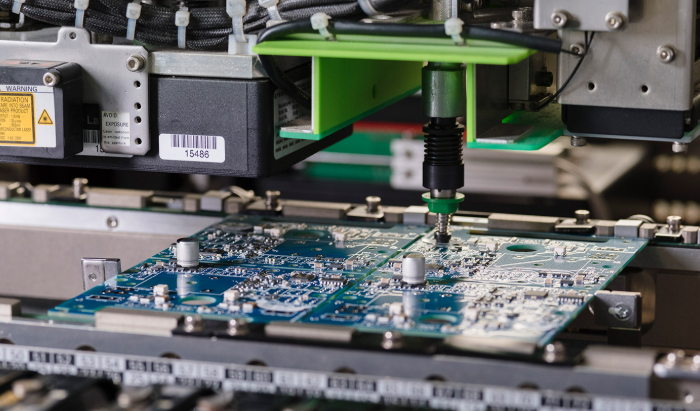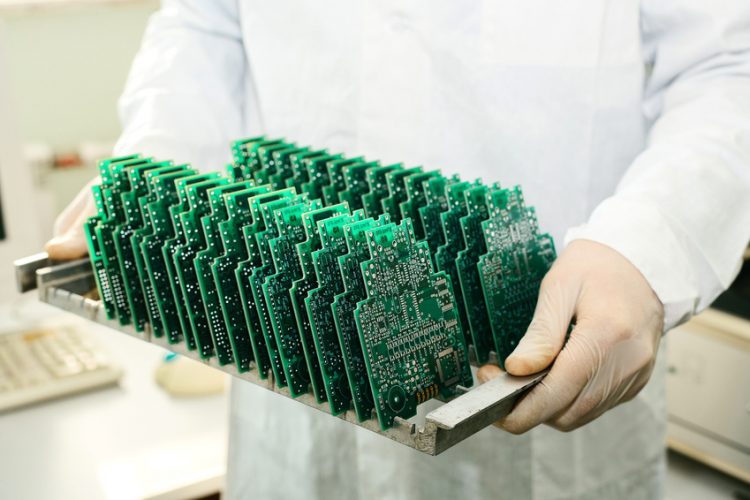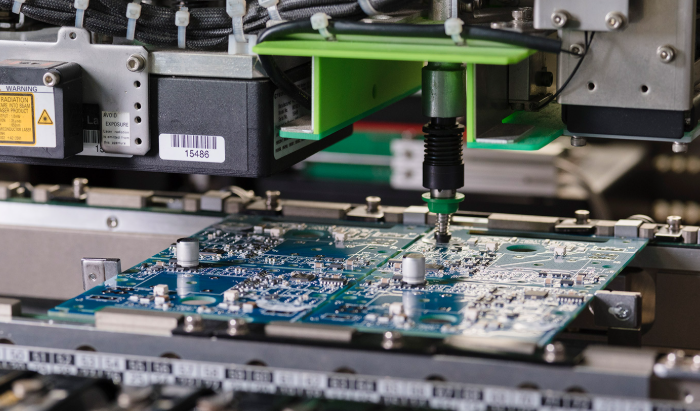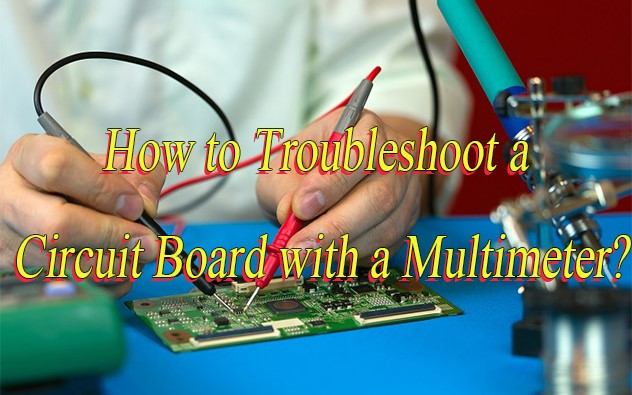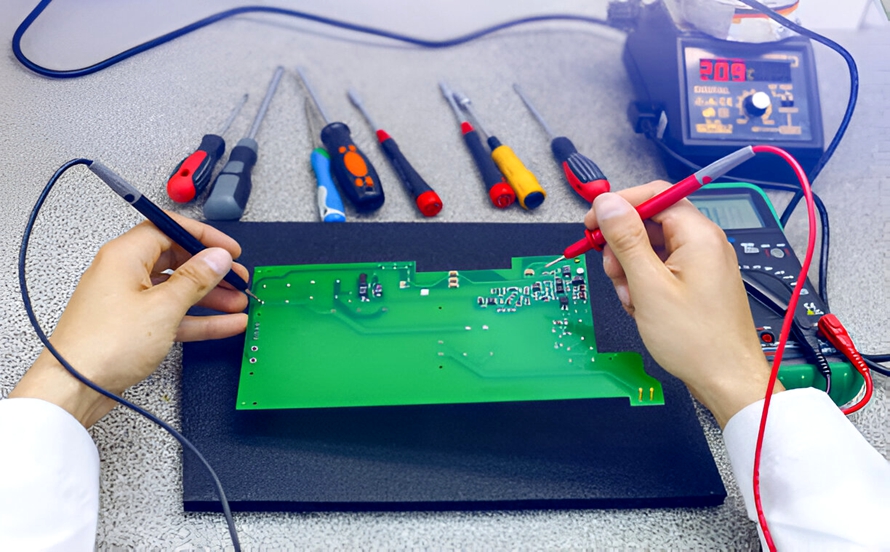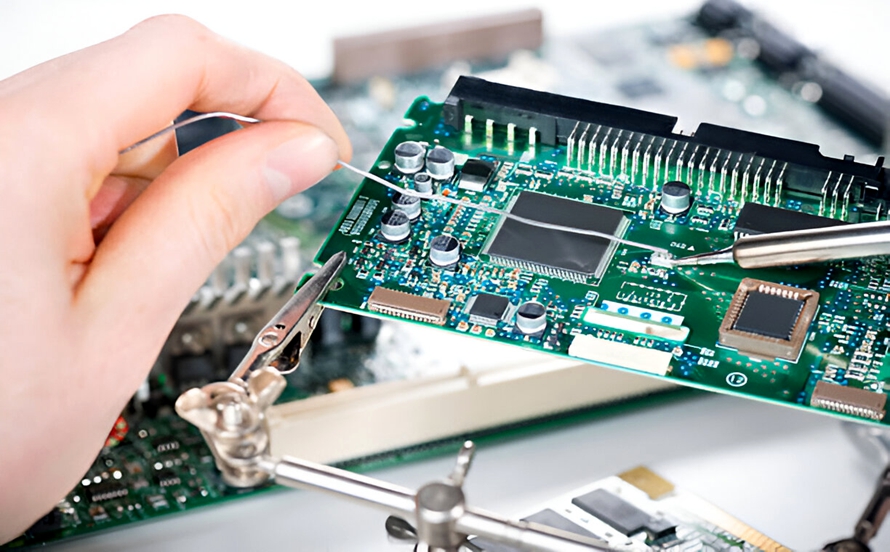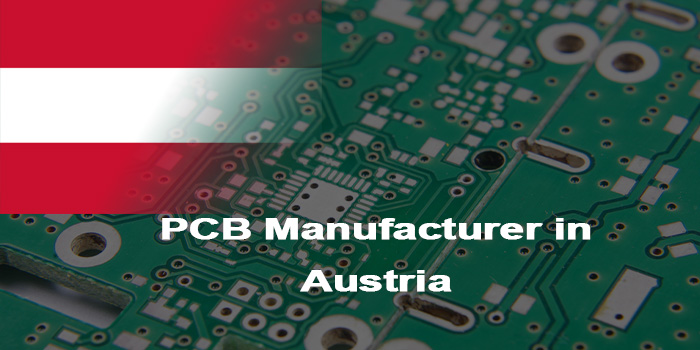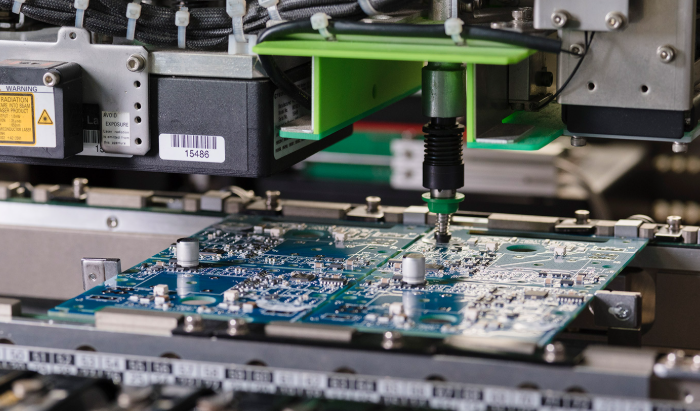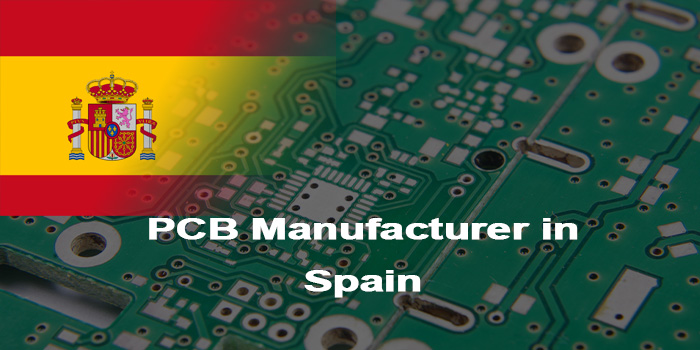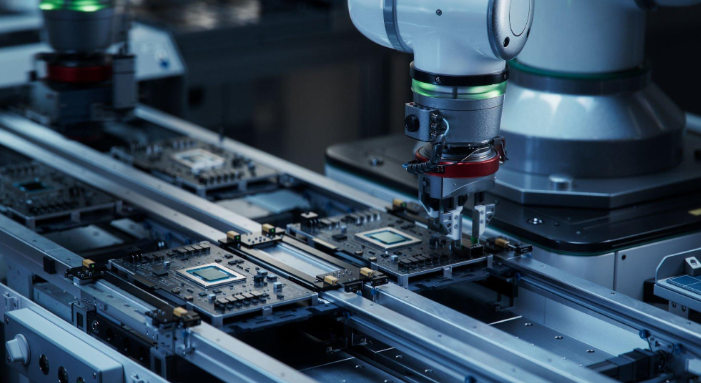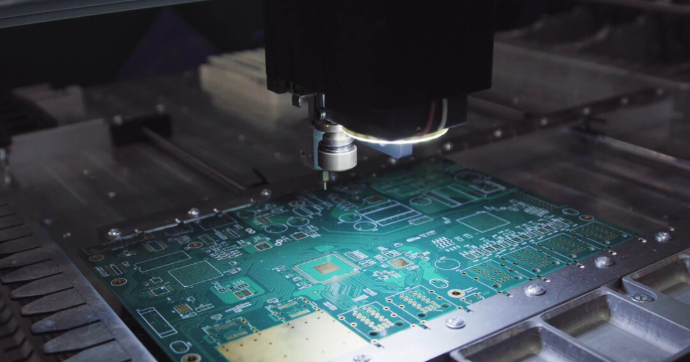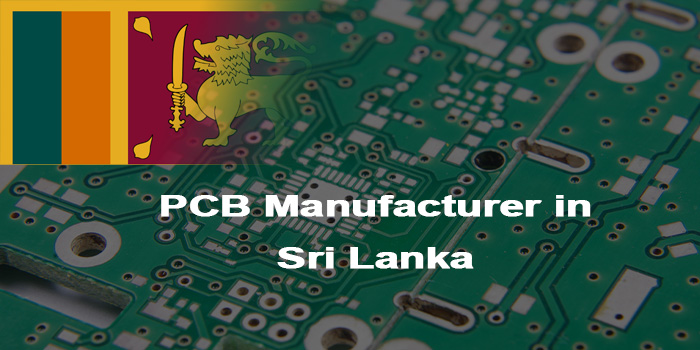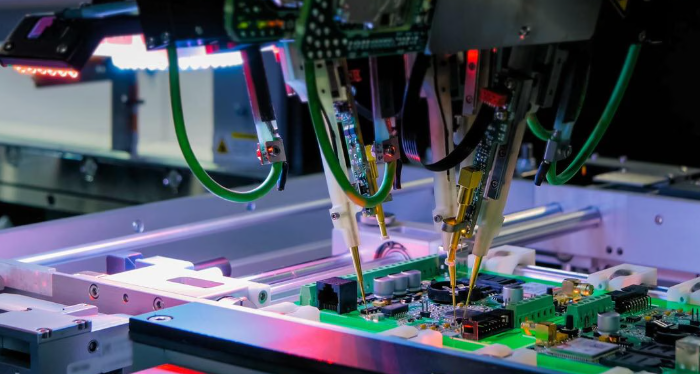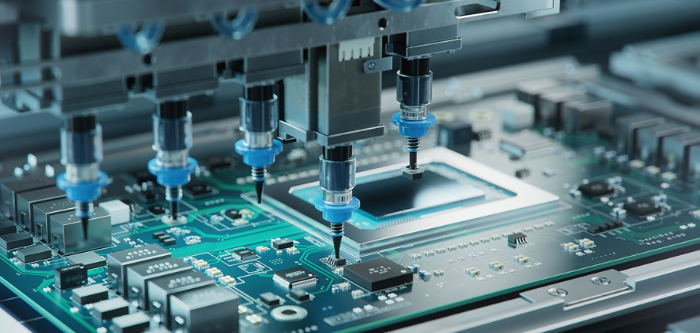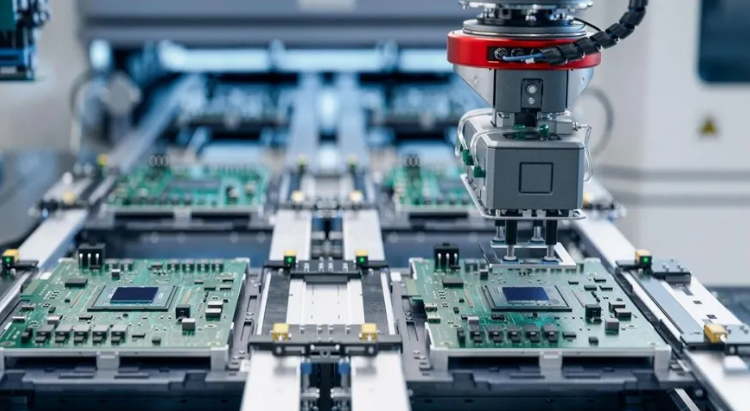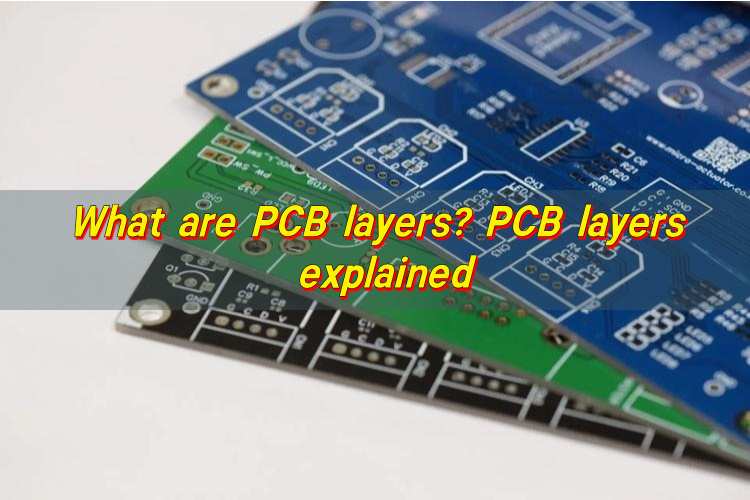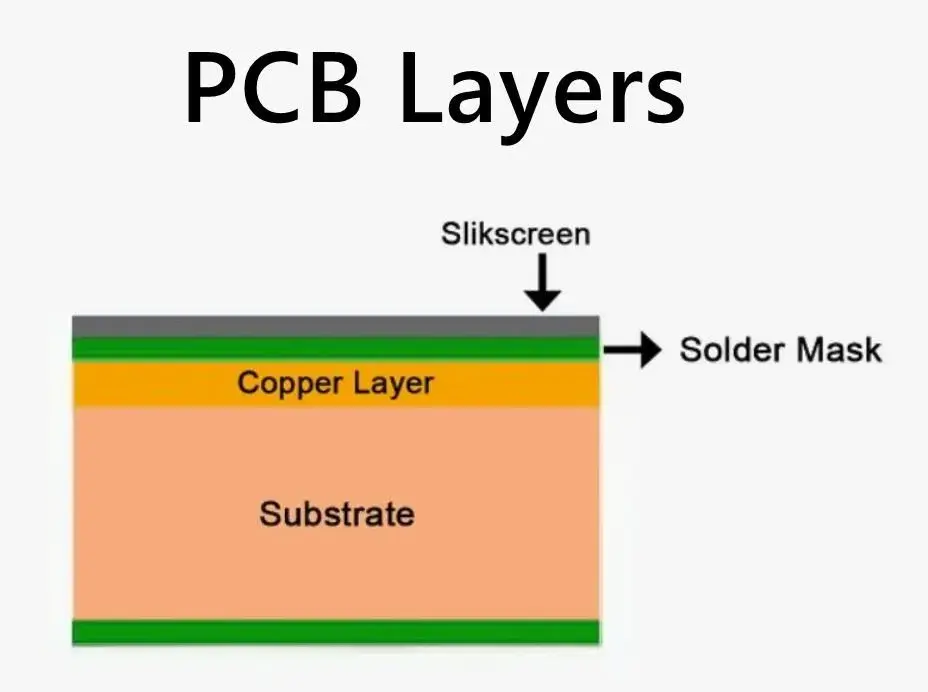When sourcing reliable printed circuit boards in Norway, finding a trustworthy PCB manufacturer in Norway is a key step for project success. The Norwegian electronics industry, known for its high standards in sectors like offshore technology, medical devices, and maritime electronics, demands PCBs that combine precision, durability, and timely delivery. As a global PCB expert focusing on serving the Norwegian market, we understand the unique requirements of local designers, engineers, and procurement teams, and many turn to reputable PCB manufacturers in Norway or reliable international partners to meet these needs. Best Technology Co.,Ltd is precisely such a trusted partner that aligns with Norway’s strict industry expectations.
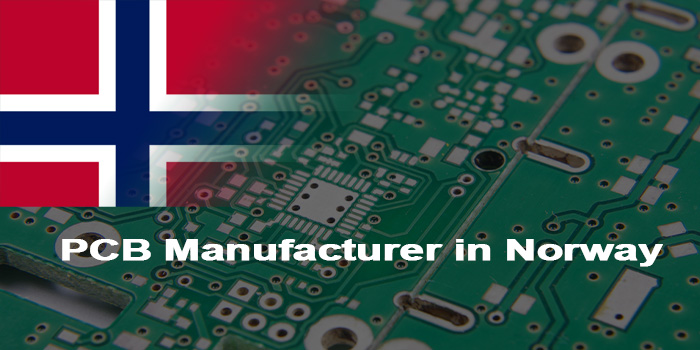
Top PCB Manufacturer in Norway
| Company Name | Core Business | Process Capability | Lead Time |
| Best Technology Co.,Ltd | High-density PCB, rigid-flex PCB, PCB for medical/automotive electronics | Up to 40-layer PCB, 0.1mm line width/spacing, blind/buried vias, ENIG surface finish | Prototype: 3-5 working days; Mass production: 7-12 working days |
| Civa AS | PCB supply, design support, quality assurance for industrial electronics | Up to 20-layer PCB, standard surface finishes, IPC-A-600 Class 2/3 compliance | Prototype: 7-10 working days; Mass production: 12-18 working days |
| Broen Tech Solutions AS | Custom PCB for high-tech devices, machine learning-integrated electronics | Up to 16-layer PCB, fine-pitch component compatibility, environmental testing | Prototype: 5-8 working days; Mass production: 10-15 working days |
| Fosstech AS | PCB for mechatronics, encapsulated electronics, industrial connectors | Up to 12-layer PCB, conformal coating, high-temperature resistance processing | Prototype: 8-12 working days; Mass production: 15-20 working days |
How to Choose a PCB Manufacturer in Norway?
Selection Guide to PCB Manufacturer in Norway:
- Prioritize industry-specific certifications: For medical PCBs (Norway‚Äôs 2nd largest PCB segment), select a partner with ISO 13485 certification and a proven 99.7% compliance rate with EU MDR requirements. Automotive suppliers must hold IATF 16949 and demonstrate <50 ppm defect rates for critical components.‚Äč
- Validate process capability against Norwegian use cases: Offshore wind PCBs require 12‚Äď24 layer counts, 0.12mm line width/spacing, and ENIG surface finish (resists 500+ hours of salt spray testing). Confirm the manufacturer‚Äôs Cpk (process capability index) is ‚Č•1.33 for these parameters.
- Quantify quality control rigor: Require 100% AOI (Automatic Optical Inspection) coverage with 5őľm detection accuracy (per T/CI 360‚ÄĒ2024 PCB inspection standards) and X-Ray testing for BGA components (critical for maritime electronics). Top manufacturers maintain a defect rate <25 ppm, vs. the Norwegian industry average of 89 ppm.‚Äč
- Verify delivery flexibility with hard metrics: Ask for 12-month on-time delivery (OTD) records‚ÄĒreputable partners hit 95%+ for standard orders and 88%+ for urgent (3‚Äď5 day) prototypes. Best Technology‚Äôs OTD for Norwegian clients stands at 98.2%, with 48-hour turnaround for emergency design iterations.‚Äč
- Demmand transparent pricing breakdowns: Insist on line-item quotes where material costs (60‚Äď70% of total) and testing fees (8‚Äď12%) are clearly separated. Avoid suppliers with ‚Äúmiscellaneous‚ÄĚ charges exceeding 3%‚ÄĒa red flag for 20%+ hidden costs, per a 2024 Norwegian Electronics Association survey.‚Äč
- Assess engineering support speed & accuracy: A reliable PCB manufacturer in Norway should deliver DFM (Design for Manufacturability) analysis within 24 hours, identifying 85%+ of potential issues (e.g., thermal mismatches for Arctic-use PCBs). Best Technology‚Äôs DFM team resolves 92% of design flaws pre-production, cutting rework time by 70%.‚Äč
- Evaluate supply chain resilience: Confirm partnerships with 3+ authorized material distributors (e.g., Isola, Rogers) and 14+ day inventory of high-Tg FR-4 (used in 75% of Norwegian industrial PCBs). This reduces risk of 2‚Äď3 week delays from material shortages.‚Äč
- Check local client references: Request case studies from Norwegian maritime/medical firms‚ÄĒtop partners have 70%+ repeat client rates. Best Technology has served 120+ Norwegian companies since 2018, with a 91% client retention rate.
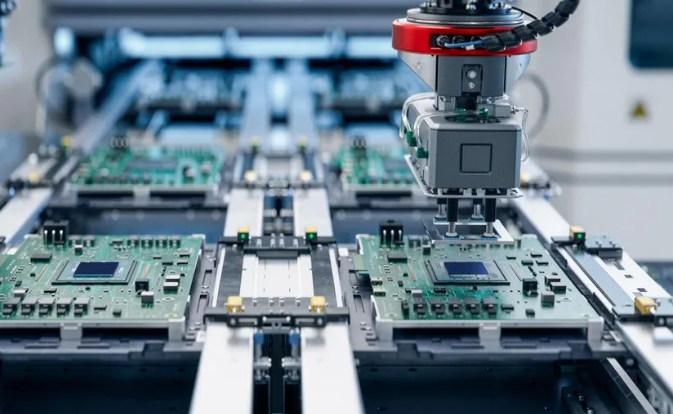
How to Evaluate Production Capacity of a PCB Manufacturer in NorwayÔľü
Evaluation Guide to Production Capacity of a PCB Manufacturer in Norway:
- Automation rate & SMT efficiency: Prioritize ‚Č•90% automation for SMT processes; this cuts human error by 40% and boosts stability. Ask for “boards per hour (BPH)” metrics (Norwegian average: 18,000 BPH) and confirm 100% automated testing (AOI + X-Ray) to avoid manual inspection bottlenecks.‚Äč
- Monthly capacity flexibility: Demand clear prototype (500‚Äď2,000 units/month) and mass production (10,000‚Äď50,000 units/month) ranges. Ensure scalability for Q3 oil & gas order peaks, a critical period for Norwegian offshore sectors.‚Äč
- Process diversification: Verify capacity for Norway‚Äôs core PCB types: rigid (60% local demand), rigid-flex (25%), and high-temperature offshore-grade (15%). Confirm minimum order quantities (MOQ) match your project scale (e.g., small-batch prototypes).‚Äč
- Local logistics alignment: Check if they use Oslo/Stavanger distribution centers (DCs) for pre-stocking. This enables 24-hour fulfillment for urgent maritime repairs, vs. 3‚Äď5 days for non-local warehousing.‚Äč
- Shift efficiency & peak response: 24/7 production is basic; reputable manufacturers boost output by 20% within 72 hours for urgent orders (e.g., offshore platform breakdowns). Confirm on-time delivery rates during peak periods.‚Äč
- Material inventory management: Fast-moving materials (high-Tg FR-4, ENIG finishes) should have ‚ȧ7-day turnover. Sufficient stock of high-Tg FR-4 (used in 75% of Norwegian industrial PCBs) avoids 2‚Äď3 week material delays.‚Äč
- Custom process scaling: For Norway‚Äôs specialized needs (e.g., -40¬įC Arctic-use PCBs), confirm ramp-up time. Industry average for custom processes is 14 days; prioritize manufacturers with faster turnaround.‚Äč
- Capacity redundancy: Ensure ‚Č•15% equipment redundancy to avoid downtime. This is critical‚ÄĒ40% of local small-scale manufacturers lack such contingency, risking order delays.
How to Evaluate Delivery Time of Norway PCB Manufacturing CompaniesÔľü
Evaluation Guide to Delivery Time of a Norway PCB Manufacturing Companies:
- Historical on-time delivery (OTD) rate: Ask for 12-month OTD reports‚ÄĒper 2024 Norwegian Electronics Association data, reputable manufacturers maintain ‚Č•95% OTD for standard orders, and ‚Č•88% for urgent prototypes.‚Äč
- Scheduling flexibility: Confirm their ability to reprioritize urgent orders (e.g., offshore platform repairs) without delaying existing commitments‚ÄĒtop partners handle 10‚Äď15% of monthly volume as rush orders.‚Äč
- Logistics partnerships: A reliable PCB manufacturer in Norway should partner with local logistics providers (e.g., Bring, Posten) or use Oslo/Stavanger distribution centers to cut domestic delivery to 1‚Äď2 days.‚Äč
- Design review efficiency: Require DFM (Design for Manufacturability) feedback within 24 hours‚ÄĒdelays here account for 30% of lead time overruns, especially for Arctic-use PCB designs.‚Äč
- Material procurement lead times: For specialized materials (e.g., high-Tg FR-4 for offshore use), confirm supplier network response‚ÄĒtop partners source these in ‚ȧ7 days vs. the 2‚Äď3 week industry average.‚Äč
- Testing turnaround time: Clarify timelines for industry-specific tests (HAST for maritime, temperature cycling for Arctic PCBs)‚ÄĒthese should add no more than 1‚Äď2 days to the total lead time.‚Äč
- Contingency plans: Ask how they address disruptions (equipment downtime, material shortages)‚ÄĒreputable manufacturers have backup suppliers and redundant lines to avoid ‚Č•3-day delays.‚Äč
- Clear communication protocols: Ensure they provide real-time order updates (via portal or email) at key stages (material receipt, production start, shipment)‚ÄĒcritical for coordinating downstream assembly.
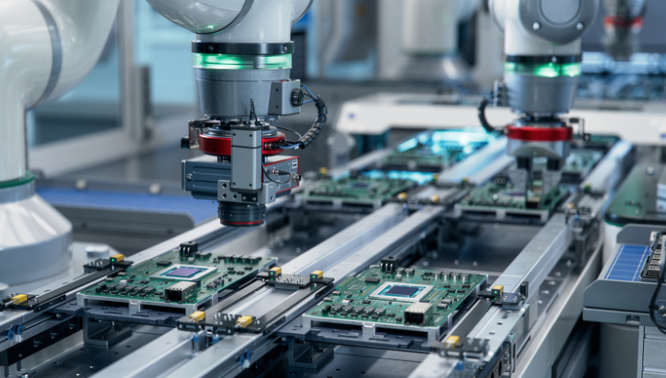
Core Pain Points of PCB Manufacturing in Norway
- Is there a way to avoid excessive lead times when sourcing high-layer PCBs, especially for prototype iterations that need fast turnaround?‚Äč
- How can we reduce costs without compromising quality, given that local PCB manufacturer in Norway often charge premium prices for specialized processes?‚Äč
- Why do some manufacturers fail to identify design flaws until production, leading to costly reworks and delayed timelines?‚Äč
- Is it possible to find a partner that offers both small-batch prototype production and large-scale manufacturing without sacrificing consistency?‚Äč
- How can we ensure our PCBs meet Norway‚Äôs strict environmental regulations while maintaining performance for harsh offshore or maritime conditions?‚Äč
- Why do quotes from some providers lack transparency, with unexpected fees adding up to 20% to the final cost?‚Äč
- Is there a PCB manufacturer in Norway that can provide end-to-end support, from design optimization to final assembly, to streamline our supply chain?
Our Solutions to these Pain Points
- Cut excessive lead times for high-layer PCB prototypes: We operate a 24/7 automated production line with 90%+ SMT automation and stock 50,000+ sq.m of high-Tg FR-4 in our European warehouse. This enables 3‚Äď5 working days for high-layer PCB prototypes (12‚Äď24 layers) and 48-hour turnaround for emergency design iterations.
- Reduce costs without quality compromises: Leveraging global material partnerships (e.g., Isola, Rogers) and lean production processes, we lower material costs by 15‚Äď20% compared to local premium providers. Every quote includes a line-item breakdown (materials: 60‚Äď70%, labor: 15‚Äď20%, testing: 8‚Äď12%) with no hidden fees, avoiding the 20% cost surges common with opaque pricing.‚Äč
- Eliminate pre-production design flaws: Our dedicated DFM engineering team (with 8+ years of Norwegian offshore/medical PCB experience) delivers comprehensive analysis within 24 hours. We identify 92% of potential issues (e.g., thermal mismatches for Arctic use, insufficient trace spacing) upfront, cutting rework time by 70% and reducing design-related delays by 85%.‚Äč
- Balance small-batch flexibility and large-scale consistency: We offer 1-piece MOQ for prototypes (ideal for medical device R&D) and scalable capacity up to 100,000 units/month (suited for offshore wind projects). Our Cpk index of ‚Č•1.33 for key processes ensures consistent quality across both 50-unit prototype runs and 50,000-unit mass production.‚Äč
- Meet environmental regulations and harsh-condition performance: All our PCBs hold ISO 14001 and RoHS 2 certifications. For offshore/maritime use, we apply ENIG surface finishes that resist 500+ hours of salt spray testing; for Arctic conditions, we use -40¬įC temperature-resistant materials‚ÄĒfully compliant with Norway‚Äôs strict environmental and industrial standards.‚Äč
- Ensure transparent, predictable pricing: We provide a 3-year price lock for long-term projects and cap ‚Äúmiscellaneous‚ÄĚ charges at ‚ȧ3% (vs. industry averages of 5‚Äď10%). A dedicated account manager reviews quotes with clients to clarify every cost component, ensuring no unexpected fees at production or delivery.‚Äč
- Deliver end-to-end support to streamline supply chains: Our one-stop service covers PCB design optimization, fabrication, component sourcing, assembly, and reliability testing (HAST, temperature cycling). Partnering with Oslo/Stavanger distribution centers, we ensure 1‚Äď2 day domestic delivery, integrating seamlessly with your downstream assembly workflows.
Why Choose Best Technology for Global PCB Manufacturer?
Reasons Why Choose Best Technology for Your PCB Manufacturer:
- 19 Years of Norway-Focused Expertise: We‚Äôve specialized in serving Norway‚Äôs maritime, medical, and industrial sectors for 19 years. Having solved complex challenges like anti-interference for navigation systems and miniaturization of diagnostic equipment, we understand your project pain points intimately.‚Äč
- Full Product Range for Norwegian Scenarios: Rigid PCBs (industrial control), flexible PCBs (medical devices), rigid-flex PCBs (maritime sensors), high-density PCBs (miniaturized tech), and high-temperature PCBs (offshore equipment) ‚ÄĒ whatever your design requires, we deliver.‚Äč
- Precision Engineering for Complex Designs: We support 40-layer PCBs, 0.1mm line width/spacing, and blind/buried via technologies, complying with IPC-A-600 Class 3 standards. We fully meet the precision needs for applications like Arctic control boards and compact medical PCBs.‚Äč
- Competitive & Transparent Pricing: Leveraging global sourcing partnerships with Isola and Rogers, plus lean production, we reduce material costs by 15-20%. Quotes include itemized breakdowns of materials, labor, and testing with zero hidden fees, keeping your budget firmly in control.‚Äč
- 7-Step Quality Control, 0.2% Defect Rate: From incoming material inspection (IQC) to final quality control (FQC), we implement 100% AOI + X-Ray full-process inspection, achieving a 99.8% defect-free rate and significantly reducing your rework and prototype iteration costs.‚Äč
- Free DFM, 24-Hour Turnaround: Our engineering team quickly identifies issues like trace spacing for offshore PCBs and thermal matching for Arctic boards. We pre-empt 92% of design flaws, cutting your rework time by 70%.‚Äč
- One-Stop Service for a Smoother Supply Chain: We handle everything from design optimization and PCB fabrication to component sourcing, assembly, and reliability testing (HAST and temperature cycling), eliminating the hassle of coordinating multiple suppliers.‚Äč
- Flexible Ordering for All Project Phases: A 1-unit MOQ supports your R&D; we deliver high-layer prototypes in 48 hours for urgent projects and guarantee on-time delivery for mass production of up to 100,000 units. We adapt to your timeline.

Case Studies of Our Norway PCB Project
We recently collaborated with a leading Norwegian maritime technology company (based in Horten’s Electronic Coast cluster ) to develop PCBs for their next-generation navigation system. Here’s how we delivered results:
Project Requirements:
- High-reliability PCB for use in saltwater environments, with corrosion resistance and thermal stability.
- 12-layer design with 0.15mm line width/spacing and ENIG surface finish.
- Prototype delivery within 5 working days to meet tight design review deadlines.
- Mass production of 5,000 units within 10 working days post-prototype approval.
- Compliance with IEC 60945 (maritime electronics standard) and RoHS 2.
Our Solutions:
- Conducted free DFM analysis within 24 hours, recommending minor adjustments to trace routing to improve thermal dissipation.
- Used corrosion-resistant ENIG surface finish and high-Tg FR-4 material to ensure durability in harsh maritime conditions.
- Prioritized the prototype order on our automated production line, completing fabrication and testing in 4 working days.
- Implemented batch testing with X-Ray inspection for BGA components and HAST (Highly Accelerated Stress Test) to validate reliability.
- Coordinated with local logistics partners for direct delivery to the client’s Horten facility to avoid shipping delays.
Output Results
- Prototype approved on the first submission, with no design-related defects.
- Mass production delivered 1 day ahead of schedule, meeting the client’s product launch timeline.
- All units passed IEC 60945 testing, with zero failures during 500 hours of salt spray exposure.
- Client reported a 15% reduction in PCB-related production costs compared to their previous supplier.
- Established a long-term partnership, with the client contracting us for their next 3 product lines.
Get Your Custom PCB Quote Today
Whether you’re working on a prototype for a medical device, a high-density PCB for offshore equipment, or a large-scale production run for consumer electronics, we’re the PCB manufacturer in Norway that delivers on quality, time, and value. Our local team in the Oslo region is ready to discuss your project needs, provide a free DFM analysis, and offer a transparent quote, with no obligations. Don’t let PCB sourcing delays or quality issues hold back your project. Contact us now via email, phone, or our online form, and let’s turn your design into a high-performance product: sales@bestpcbs.com.




